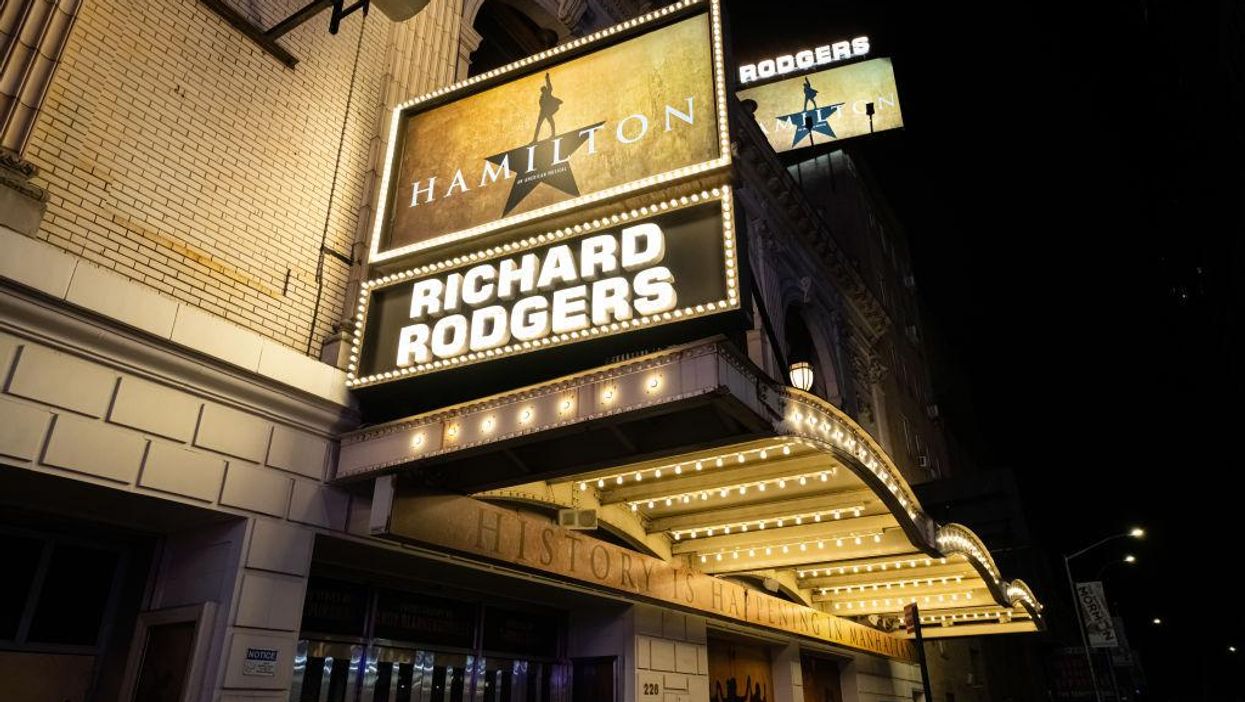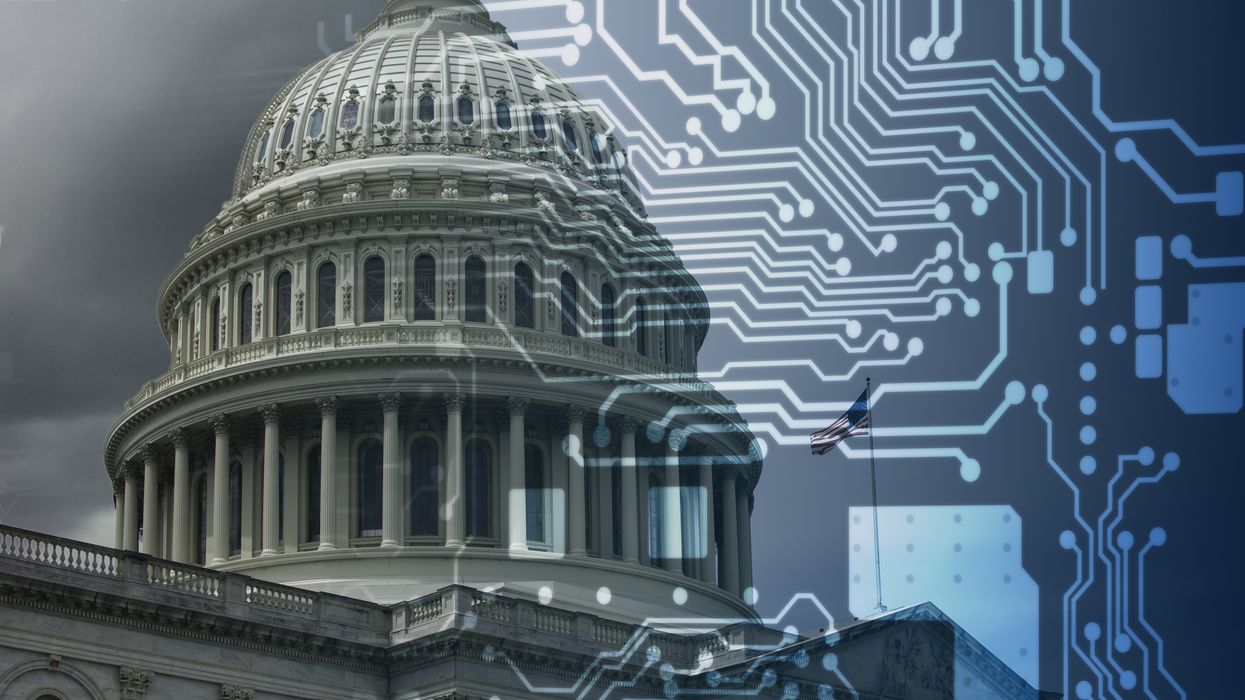In 2019 the Bridge Alliance held its annual summit of over 200 political and social change agents/leaders. The theme was strengthening democracy and evolving into a multicultural, pluralistic society that our founders envisioned but could not enact.
In preparation for the summit we turned to pop culture to build the connection between participants who didn't know each other, but who represented diverse backgrounds and opinions. We did so by crafting an agenda based on two songs from the Broadway show "Hamilton": "I'm Not Throwing Away My Shot" and "In the Room Where It Happens."
These two songs embody the political necessity that we found ourselves in two years ago and still do today. Those in the room felt the fierce urgency of our times coupled with the empowerment to make a difference in the nation and the world for the betterment of all.
We were all in The Room Where It Happened, a room where we felt the energy and collectively understood that we are a diverse nation and to thrive as a people we must provide room for more diverse perspectives.
In an interview about "Hamilton," Lin Manuel Miranda said: "The story of Hamilton where the biggest heroes of our revolutionary war for independence were a Scotsman from the West Indies, named Alexander Hamilton; a Frenchman, named Lafayette; and a gay German, named Friedrich von Steuben, who organized our army and taught us how to do drills. Immigrants have been present and necessary since the founding of our country. I think it's also a nice reminder that any fight we're having right now, politically, we already had 200-some odd years ago."
Our country needs more inspiration, such as provided by "Hamilton."
In many ways "Hamilton" expresses the daily struggle we witness in our country today, a struggle over the divisions separating us as a people. We take sides, blame others, and treat each other without love or a sense of empathy. How effective could we be if we took a stand for the health of our national family?
The Bridge Alliance summit in 2019 created a roadmap to a multicultural, pluralistic democracy and the songs of Hamilton helped set the tone.
We must embrace our diversity as the operating system of our nation. Despite our many frailties, America is exceptional because from the outset its citizens saw themselves as participants in an experiment that would have implications for all of mankind. Our task is far from complete.
Hamiltunes has engaged millions of young Americans and is a powerful tool in engaging Americans of all ages in our democratic process.
Please listen to two "Hamilton songs," "My Shot" and "The Room Where it Happens" and offer us your thoughts:
- What is your shot and how can you make a difference?
- What is your vision for healthy self-governance?
- How else were you inspired by those songs?
And who can forget the warning of King George III, the authoritarian our founders threw off? Let's figure out how to get along and self-govern.
You may email us at pop-culture@fulcrum.us.




















